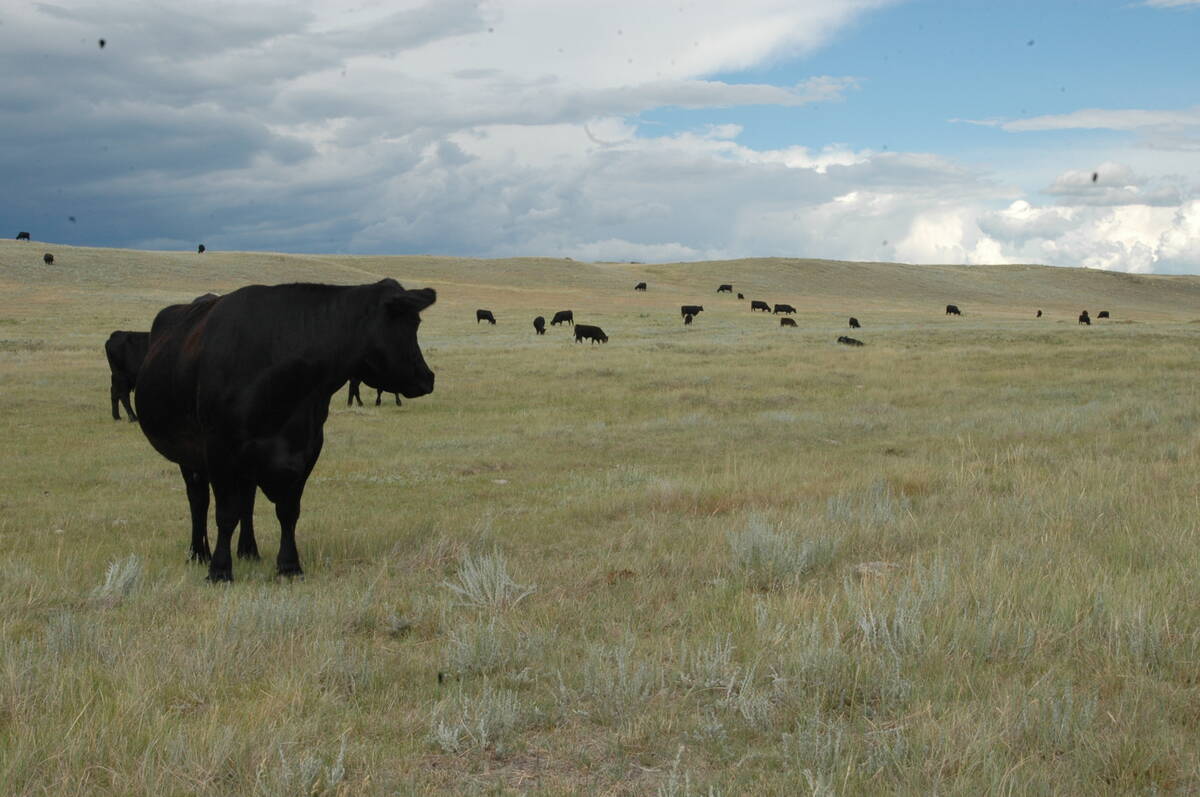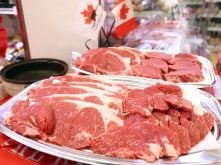During a year of severe drought, damage to rangeland is as serious as the aftermath of a prairie fire.
Plant litter is gone, so rangelands are subject to erosion and further moisture loss, says Alberta range specialist Barry Adams.
As for winter grazing in the foothills, ranchers must make some tough decisions this fall.
“You have to judge how far you can graze it. Then you have to quit,” said Adams.
After enduring the worst drought since 1936, cattle producers from south of Willow Creek, Alta., to the Montana border are facing challenges.
Read Also

Saskatchewan Cattle Association struggles with lower marketings
This year’s change in the provincial checkoff has allowed the Saskatchewan Cattle Association to breathe a little easier when it comes to finances.
Without adequate snow cover and spring rain, next year will be more serious because the ground water is not recharged, dugouts remain empty and grass will be in short supply. It takes several years to replenish rangeland after drought.
North of Calgary, forage stands are in good shape this summer but in the south the range deteriorates significantly. Forage monitoring at 29 sites across the south verified the disaster.
Year after year
The hardest hit areas are Cardston, Brooks, Suffield and along the Milk River Ridge. That area of drought was considered extreme because forage was rated 11 percent of normal. These areas have been dry for several years.
In the severe category, 11 sites had forage stands between 25 and 50 percent of normal. Another nine spots were moderately damaged and four were lightly damaged by drought.
In the most extreme areas, people started reducing pressure on the land in June. Yearlings were sold to save the grass for cows.
Community pastures and grazing associations will have to make some decisions about range use next year.
Rain at the beginning of September salvaged tame grasses and stubble fields but native forages are not growing. That regrowth is needed to give cows protein to get them ready for winter, said beef specialist Jim Hansen of Cardston.
Culling has been heavy in his area. Yearlings were gone this summer and early-weaned calves were going to market weighing 275 to 500 pounds.
The only respite was a premium calf market. But the bigger dollars paid for calves will be diverted into feed costs for cow herds.
As a service to ranchers, Hansen has started a bulletin board listing people in other areas who have feed to sell or who offer custom grazing. They must provide references.
“There’s lots of feed listed if you’re willing to pay the price,” he said.
In the southernmost drought region, the County of Warner faces a grim fall. It received almost no rain and feed is in short supply.
Dry public lands were closed to hunters this fall to protect them against fire, said agriculture fieldman Jamie Meeks.
Cereal crops in two-thirds of the million-acre municipality yielded about five bushels to the acre.
During the winter months, cattle producers traditionally turn their animals into stubble fields. This year cattle were turned into fields early and had stripped them within two weeks.
Native grass stands reached 10 centimetres in height, then headed out and went to seed due to drought stress. Cattle have been eating the tops off bitter-tasting knapweed since most of the other edible plants are gone.
Hay has been shipped into the region since the middle of July. Besides the expense, hay from northern Alberta and Saskatchewan carries a silent enemy. Scentless chamomile, a hardy, noxious weed, hitches a ride in bales and quickly establishes itself.
“In 1988 when we had to bring in hay, we had hot spots of weeds that took 10 years to eradicate,” said Meeks.
“Everywhere they dropped a round bale, there was chamomile growing,” he said.















